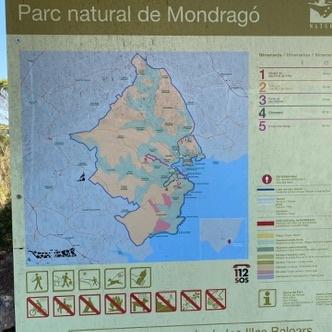What historical or cultural significance do cisterns hold in Mallorcan family life and resource management?
Similar Topics
mallorcan cisterns
water conservation mallorca
traditional water storage
mediterranean climate water
rural mallorca homesteads
sustainable resource management
mallorcan cultural heritage
climate adaptation mallorca
Cisterns in Mallorcan family life have long held a vital role in the island’s traditional resource management, reflecting the historical challenges and adaptive strategies of its inhabitants. Mallorca’s Mediterranean climate, characterized by hot, dry summers and irregular rainfall, has made water conservation a critical concern for centuries. Families relied on cisterns—large underground or semi-underground reservoirs—to collect and store rainwater from rooftops and stone courtyards during the wetter months. This system was essential for sustaining daily household needs, irrigation, and livestock during periods of drought. The prominence of cisterns in rural homesteads reveals how Mallorcans developed a sophisticated approach to managing limited freshwater resources sustainably.
Beyond their practical function, cisterns carry cultural significance as symbols of self-sufficiency and resilience deeply embedded in Mallorcan identity. Historically, these water storage methods allowed families to maintain independence from unpredictable municipal water supplies, fostering a communal mindset centered on resourcefulness and stewardship of the land. The architecture of cisterns, often vaulted and built from local stone, also contributes to the island’s vernacular heritage, showcasing craftsmanship tailored to climate and material availability. Today, while modern infrastructure has reduced dependence on cisterns, many traditional homes preserve them as a link to ancestral ingenuity and environmental adaptation, underscoring the enduring importance of water conservation in Mallorcan life.
In contemporary Mallorca, cisterns not only serve as a reminder of past practices but also inspire sustainable water management in the face of climate change. Their historical role reinforces the community’s appreciation for natural resources and encourages ongoing efforts to integrate traditional knowledge with modern techniques. This blend of heritage and innovation ensures that cisterns remain a meaningful element of Mallorca’s cultural landscape and resource management strategies, supporting both ecological balance and the island’s unique way of life.
Beyond their practical function, cisterns carry cultural significance as symbols of self-sufficiency and resilience deeply embedded in Mallorcan identity. Historically, these water storage methods allowed families to maintain independence from unpredictable municipal water supplies, fostering a communal mindset centered on resourcefulness and stewardship of the land. The architecture of cisterns, often vaulted and built from local stone, also contributes to the island’s vernacular heritage, showcasing craftsmanship tailored to climate and material availability. Today, while modern infrastructure has reduced dependence on cisterns, many traditional homes preserve them as a link to ancestral ingenuity and environmental adaptation, underscoring the enduring importance of water conservation in Mallorcan life.
In contemporary Mallorca, cisterns not only serve as a reminder of past practices but also inspire sustainable water management in the face of climate change. Their historical role reinforces the community’s appreciation for natural resources and encourages ongoing efforts to integrate traditional knowledge with modern techniques. This blend of heritage and innovation ensures that cisterns remain a meaningful element of Mallorca’s cultural landscape and resource management strategies, supporting both ecological balance and the island’s unique way of life.
🧩 Related Questions
Related Question
How does Es Baluard Museu d'Art Modern i Contemporani blend historical architecture with contemporary art in its displays?
Related Question
What types of transportation are typically provided on guided tours throughout Mallorca?
Related Question
What traditional music and dance performances should travelers look out for when visiting Mallorca?
